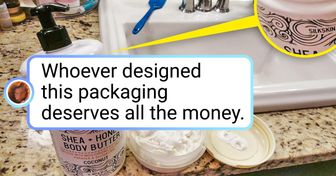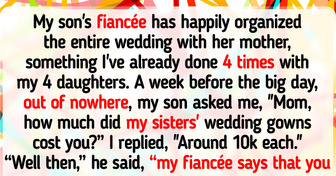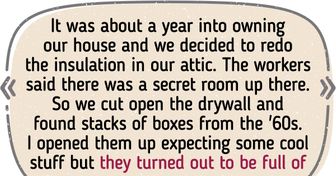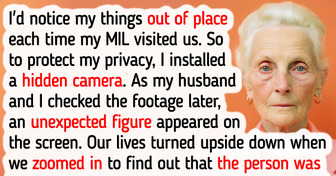20 Coincidences That Prove the Universe Wants to Amuse Us
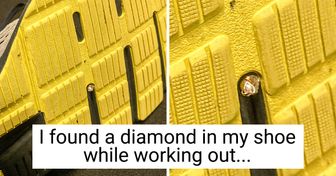
We are surrounded by many different objects that make our lives easier. We are so used to these things that we rarely think about why they look the way they do.
We at Bright Side wondered why, for example, manhole covers are round and not square. Why forks have 4 prongs, and not 3 or 5. Why taxi cabs are yellow and not green or red. There are logical answers to all these questions.
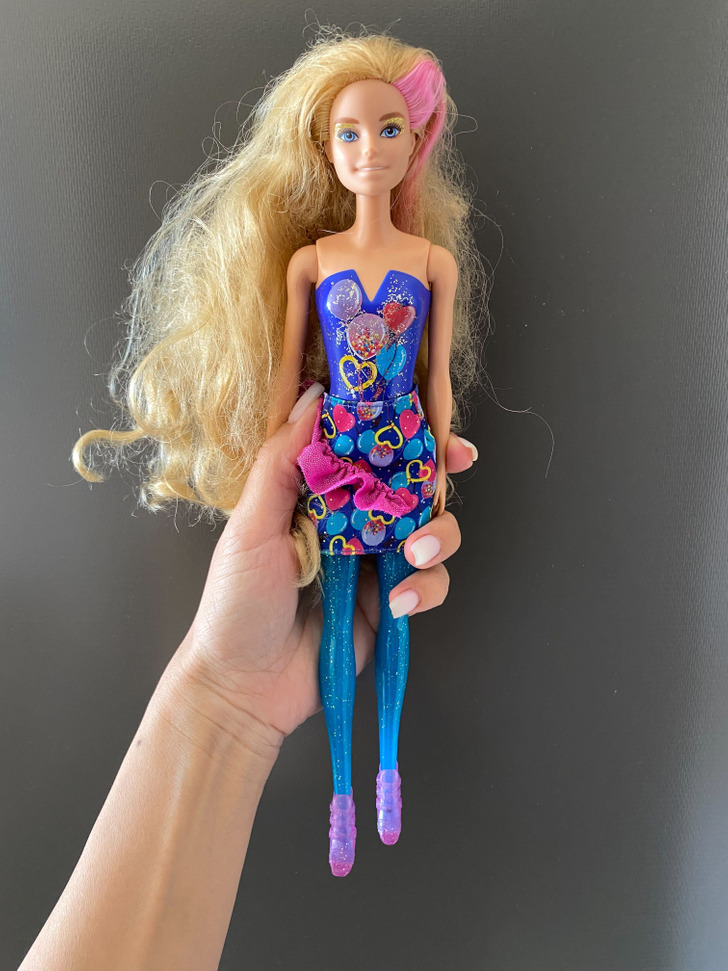
Barbie dolls have been criticized many times for the inconsistency of their body shape compared with natural proportions — they have an oversized head, an exorbitantly narrow waist, pelvis, and thin legs. And this is how girls might get the wrong idea of how their body shape should look.
But the lead designer of Barbie dolls, Kim Culmone, says that there is a reason why these dolls have such unrealistic proportions, “Barbie’s body was never designed to be realistic. She was designed for girls to easily dress and undress.”
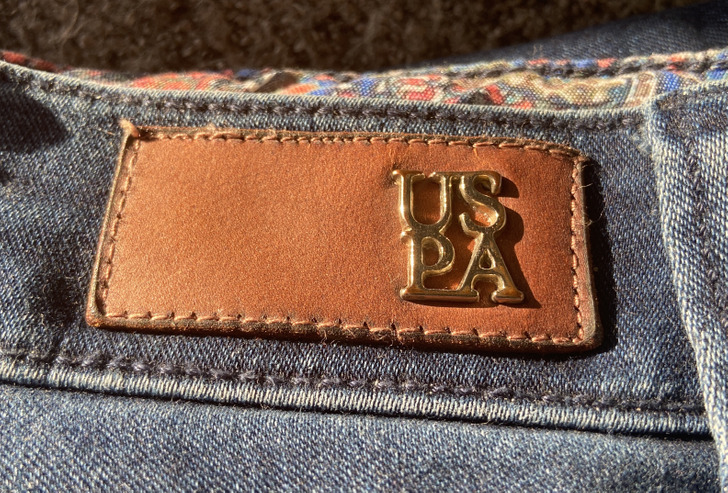
Oftentimes, we can see a rectangular leather patch on the waistline of jeans, and their function remains a mystery for many people. In fact, this detail is called “jacron paper” as most times it is made from jacron (a variety of artificial leather).
Levi’s was the first company that started to attach these patches to their jeans (back then they were made of leather) so that their customers could tell genuine products from fakes. The patch had the density of the denim and some other information on it. Today, it’s a tribute to tradition and also a good spot to place the brand’s logo.
At first glance, a locomotive with the driver’s cab located behind it doesn’t look like a very comfortable construction because the driver’s view of the track is limited. He is hindered by a boiler with pipes. The reason for this structure lies in the convenience of the workflow.
There is something called a tender, which is a wagon with spare parts and fuel, that is located right behind the driver’s cab. A stoker would take coal and throw it into the furnace, which was located in the booth of the locomotive. It was structured that was so that the fireman and the driver could communicate, and this was very important during work.
You might think that they somehow help with braking or acceleration or are an indicator of wear, but this is not true. “Hairs” appear because of the ventilation holes of the mold into which the rubber is poured. In order for the rubber to completely fill the mold, small holes are required for air to escape. This is how these “hairs” appear — they have no purpose.
Modern manufacturers usually shave them off. If the tire is not “shaved,” it is likely not a very good quality tire. However, these hairs do have a practical use — they can help you check the quality of the rubber. If you pull on the hair, and it easily comes off, it means that there is a lot of soot in the rubber composition, and the tire will quickly become unusable.
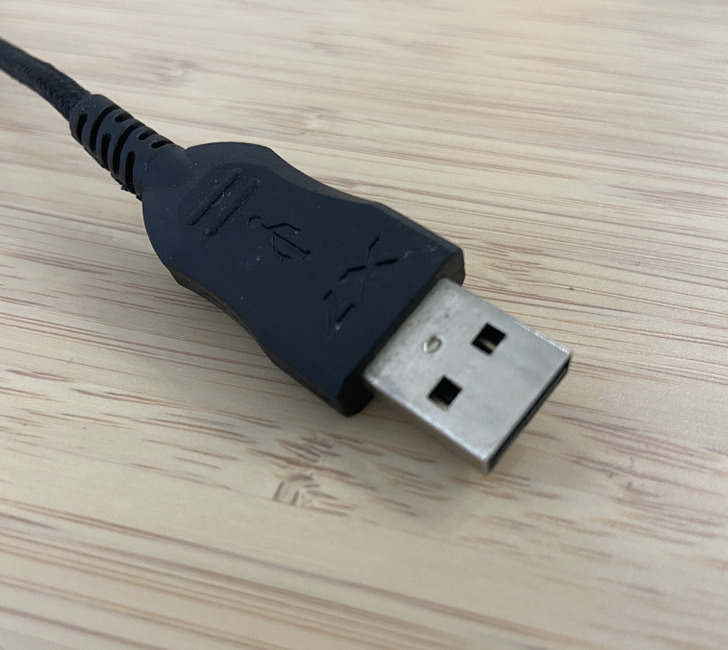
Many of us have noticed that one needs 3 attempts to put a plug into a USB slot correctly. Everything would be much easier if they were a circular shape. The developers chose this option for a reason — it significantly reduced the cost of cable production.
If they opted for a circular shape, they would require more silicon, copper, and other components, and most likely, this would have slowed down both the development process and the implementation process. But today, the creator of the USB, Ajay Bhatt, regrets that he didn’t create a round slot and plug.
There are many jokes about moving with a grand piano — its inconvenient shape brings many hassles during transportation. Why not give it a more correct shape — after all, there are many pianos that are a more compact shape. Unlike its close relative, the grand piano has horizontal strings and hammers that strike them from top to bottom.
The quality of sound depends on the length of its body. The body of the largest concert grand pianos reaches 122 inches in length. The winged shape of the grand piano is due to the arrangement of the strings: short ones are responsible for high sounds, long ones for low sounds. Also, the 3-leg triangular design makes the grand piano easier to disassemble.
The main reason is that the round manhole won’t fall inside the hole. If the hatches were square, the cover could easily fall diagonally into it. In addition, round covers are easier to manufacture, and it’s not much of a struggle to get them off the ground — it is enough to put them by the edge and roll them to the side to open the hatch.
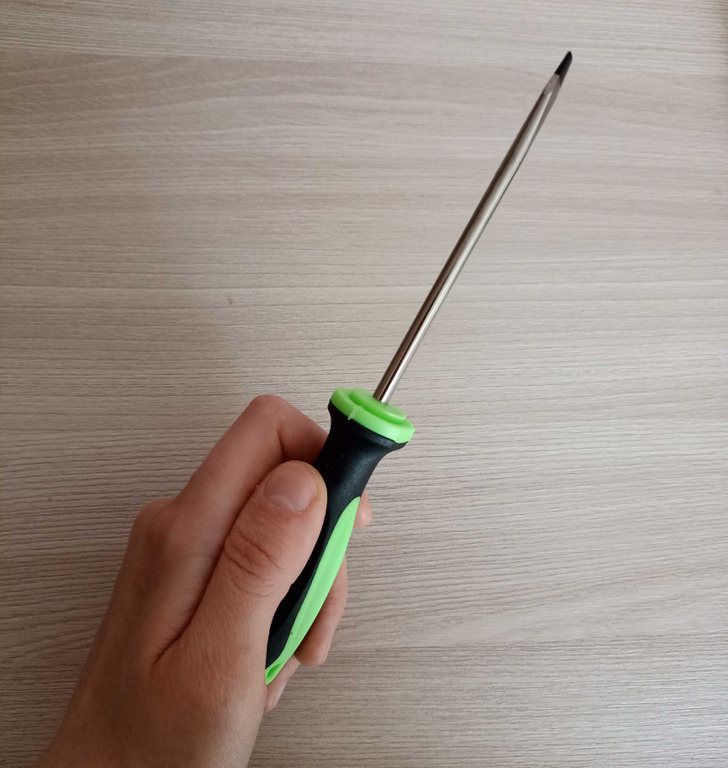
The first reason: a screwdriver with a faceted handle won’t roll on an inclined surface, the second: it’s more convenient to hold it in your hand. But the main reason is that when you need to tighten a nut in a hard-to-reach place, the screwdriver handle can be grabbed and turned with a wrench.
Crosswalks have been used widely in cities since the 1950s. Before that, starting from 1934, pedestrian crossings in England were marked with Belisha beacons. They were located on both sides of a pedestrian crossing on striped posts, while the beacon itself was orange.
But due to the growth of the number of vehicles on the road, Belisha beacons were becoming less effective, and British authorities started to look for other ways to make pedestrian crossings more visible for drivers. After experimenting with pattern and color, it was decided to opt for stripes, as drivers were already associating them with slowing down.
Franz von Taxis, who lived in the 15th century, delivered cargo for a living. Perhaps the word “taxi” and “taximeter” were derived from his surname. According to legend, he painted all his carriages yellow because none of the ruling dynasties used it, and he wouldn’t offend anyone.
After the release of the French musical comedy Cabriolet Jaune at the end of the 18th century, cabs of this color became popular in Europe. At the beginning of the 20th century, a famous Chicago businessman, John D. Hertz, founded a taxi service and had a study done at a local university, according to which it was clear that the color yellow is the easiest to spot in the city. He named the company “Yellow Cab” and re-painted all his cars.
Red carpets are associated with luxury and celebrity status, it has always been this way. Even Aeschylus mentions red-painted carpets — at that time, they were laid out for gods and kings because, in ancient times, scarlet dye was very expensive and only rich people could afford it.
It’s an interesting contrast that windows in houses are square or rectangular, but they are oval or round on planes or ships. It is believed that shapes with sharp corners are structurally weak and wear out much faster, while round or oval portholes are stronger and last longer. The first pressurized jet airliners were built with rectangular windows, and there were cases where these windows could not withstand the stress and fell apart in the air.
The thing is that the pressure in the surrounding structure must be distributed evenly. The point of failure is the point of the greatest stress. If the stress distribution curve has corners, it is these corners that will lead to failure. Therefore, these peaks are softened by rounded edges.
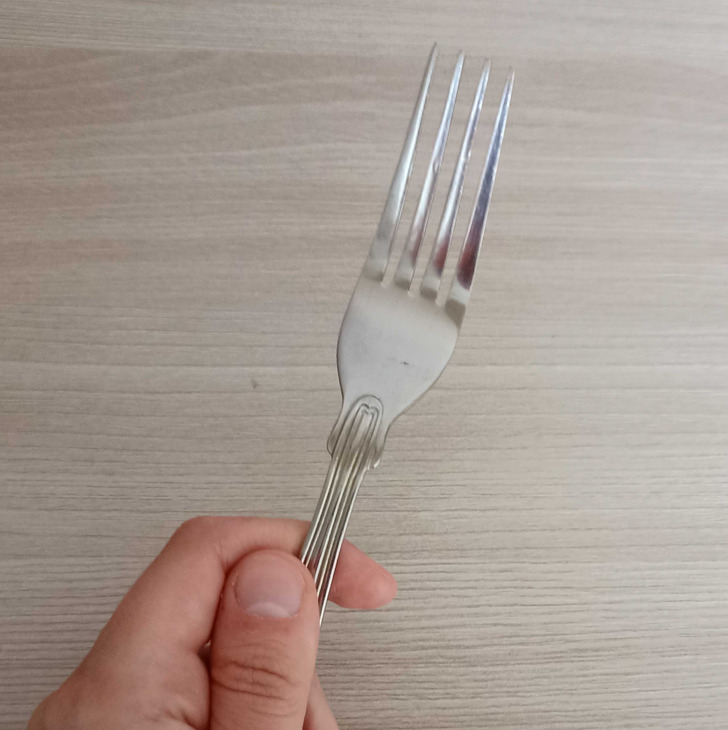
It might seem like 2 prongs are enough to pierce a piece of food and bring it to your mouth — still, most forks have 4 prongs. The thing is, forks with 2 prongs can easily injure the mouth cavity and tongue. In the 19th century, manufacturers of forks held experiments with the number of prongs. There were options with 3, 4, and even 6 prongs.
Empirically, they came to the conclusion that 4 prongs are the optimal number of prongs that make it easy to prick food and not injure the mouth of the eater.
What else can you add to our list? What properties of everyday things seem unexplainable to you at first glance?


